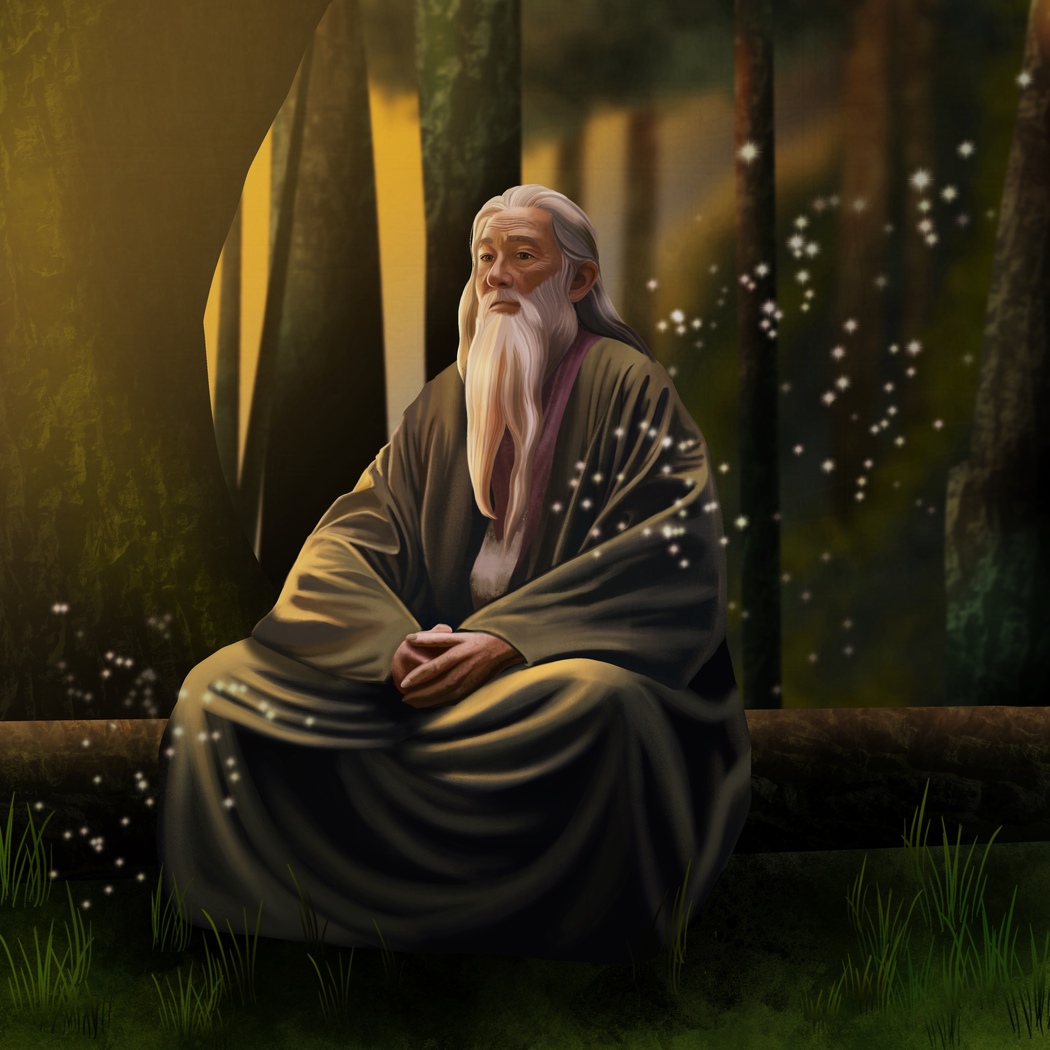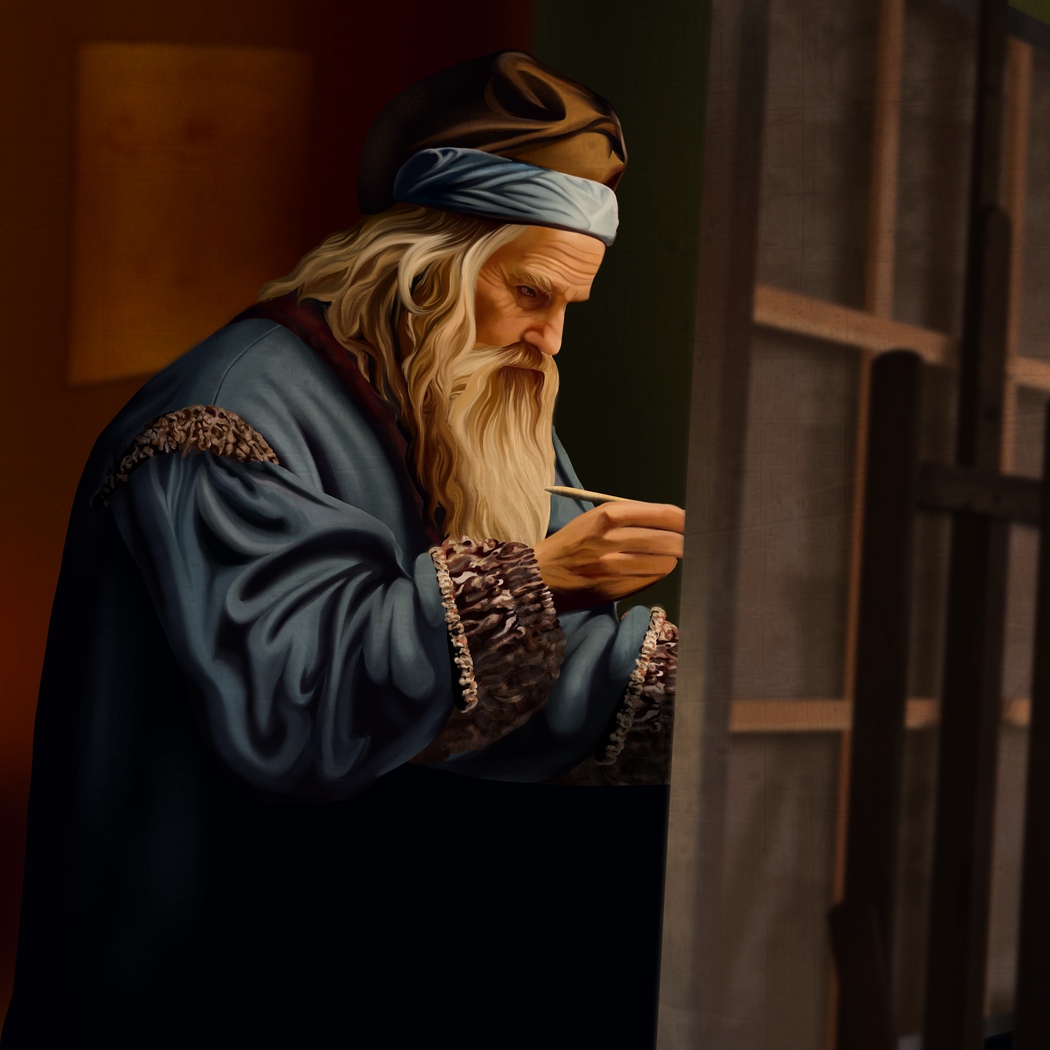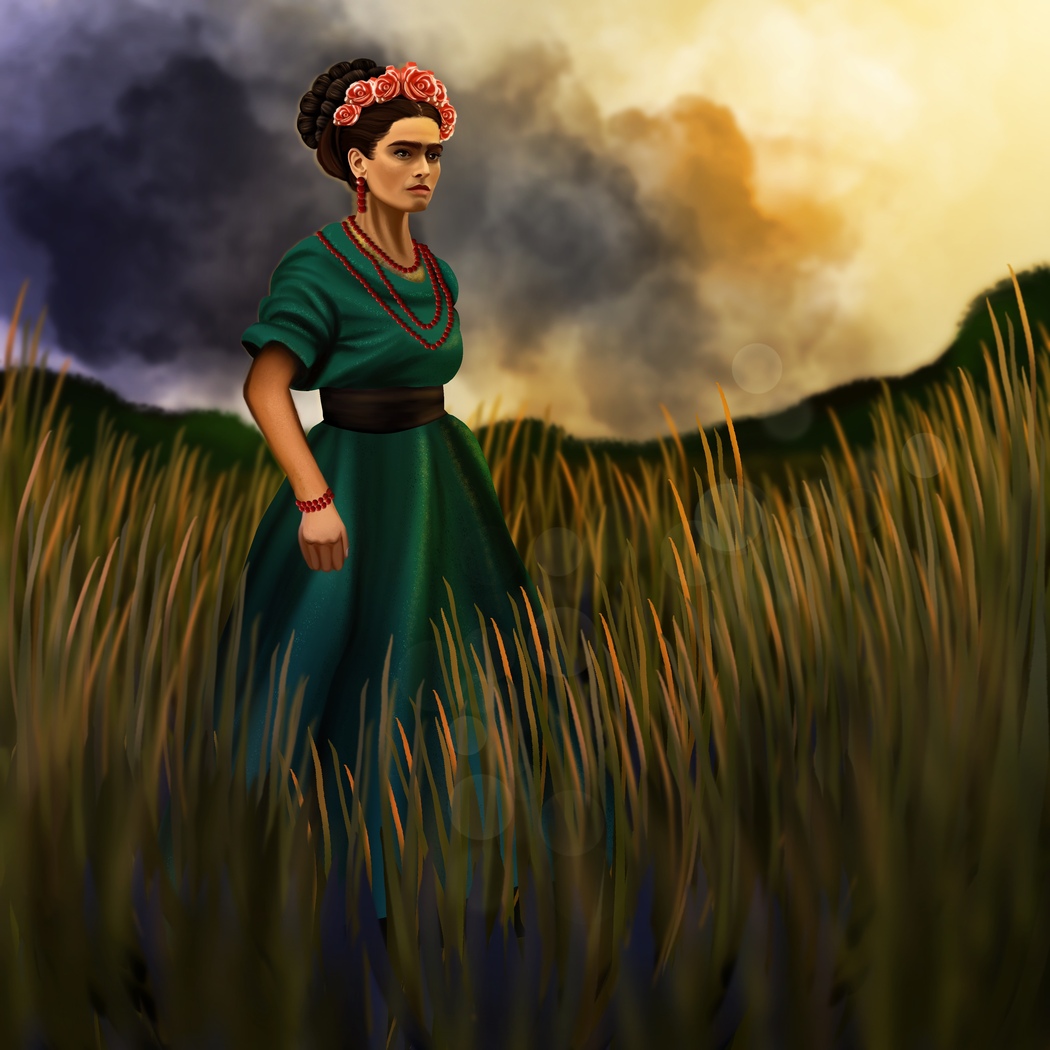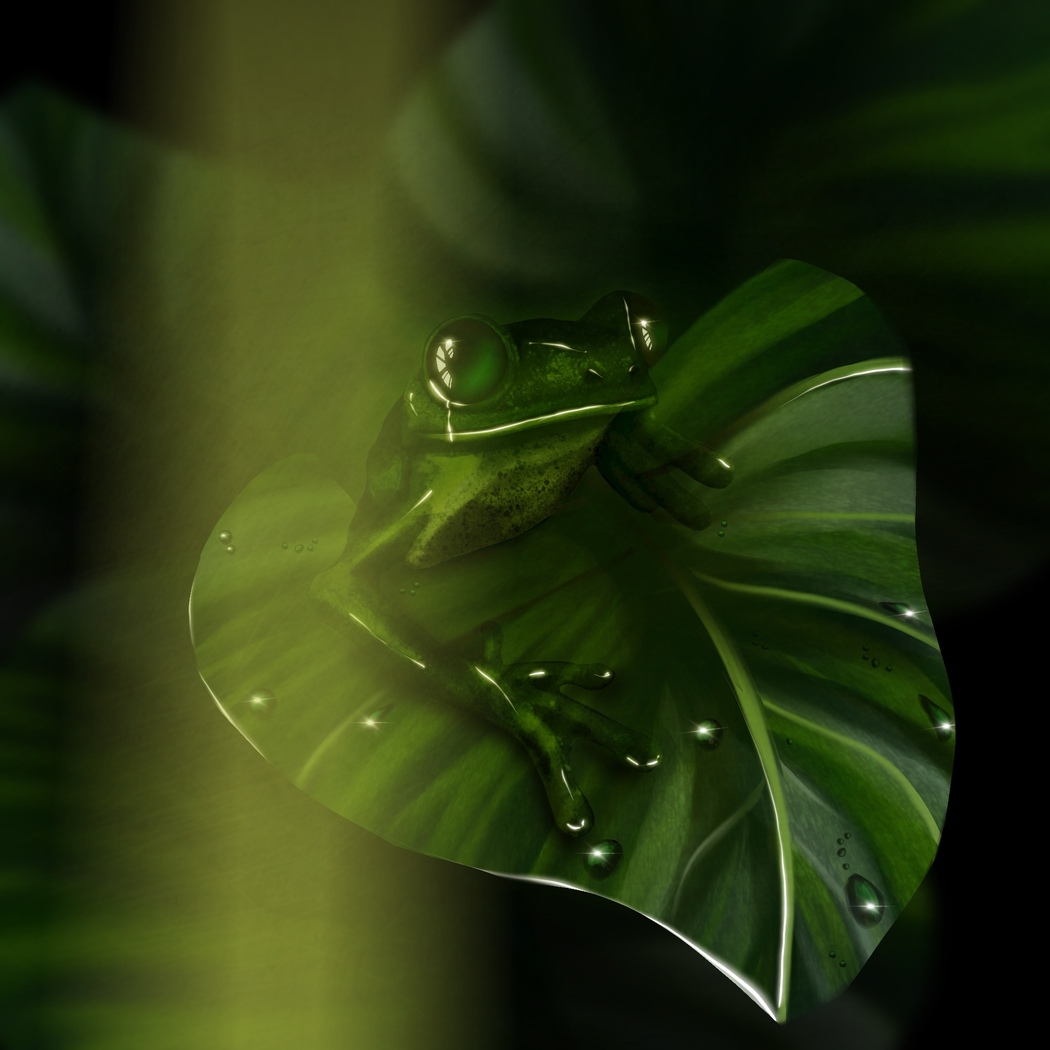Anastasia Dolinskaya
Where do you live: Russia, Nizhny Novgorod.
Describe your art in three words: Emotional, transformative, intuitive.
Your discipline: Mixed media: digital and traditional painting.
Curator: Valentina Kuranova (KuranoVa Gallery).
 Anastasia Dolinskaya | Lao Tzu | 2024
Anastasia Dolinskaya | Lao Tzu | 2024
Your work often reflects emotional depth and personal transformation. Can you share a moment in your life that profoundly influenced your artistic journey?
There have been several moments in my life that forced me to pause, reevaluate everything, and start over — like karmic lessons arriving in waves. But the most profound shift came with the birth of my son.
He was born prematurely, and the doctors told me he wouldn’t survive. They spoke calmly, even coldly — instructing me to prepare documents quickly so he could be buried as a person, not classified as biological waste. But he survived. And the doctors were stunned.
In that moment, I promised he would grow up to be an ordinary boy — and I put all of my own dreams on hold. For seven years, I worked constantly and devoted myself to his rehabilitation. That was my personal version of hell: by day, taking him from doctor to doctor, from therapy to therapy — and by night, working to pay for it all.
Eventually, I was diagnosed with severe depression. Something inside me broke — or maybe broke open. I started looking for a way to save myself. That’s when I found drawing.
Now my son is nine. And I can finally say that I did the work — both on him, and on myself. We made it. We’re still making it.
Many of your portraits feature symbolic figures like Frida Kahlo or Lao Tzu. How do you choose the subjects or archetypes you portray?
I don’t really choose them — they come to me when I’m ready to listen.
Each figure I draw is a reflection of something I’m experiencing at the time: a question I’m living through, a truth I’m trying to hold, a pain I haven’t yet named. Frida came when I was grappling with identity and resilience. Lao Tzu arrived when I was exhausted by control and searching for softness. Ada Lovelace, Marie Curie — they appeared not just as icons, but as mirrors.
I don’t paint them as historical figures — I paint them as companions in the inner work. Their voices find me when I need their strength, their paradoxes, or their wounds. It’s less about admiration and more about resonance.
 Anastasia Dolinskaya | Leonardo da Vinci at work | 2024
Anastasia Dolinskaya | Leonardo da Vinci at work | 2024
You describe your process as intuitive and ritualistic. What does a typical creative session look like for you?
I used to paint with oils — with my hands, palette knives, brushes — letting the color sink into my skin, feeling the texture of the canvas like a second heartbeat. But I’m a mother of three, and my last oil painting was smeared five times while drying… tiny fingers, big curiosity. So for now, I work mostly in ProCreate and Photoshop — until my youngest grows a little older and I can return to the mess and magic of oils.
My process is still deeply ritualistic, even in digital form. I light a candle. Sometimes I pull a tarot card. I choose a playlist that feels like the emotion I can’t name yet. And then I draw — not from references, but from memory, from instinct, from dreams.
It’s like summoning a spirit: I never know who will arrive, but I always recognize them when they do.
Animals seem to play a recurring role in your work — from frogs to fawns. What symbolic meanings do they hold for you?
They’re all messengers from my childhood.
I spent my summers in the forest with my grandmothers, surrounded by animals both wild and caught. I drew deer obsessively — I still keep those clumsy sketches from when I was four. We raised frogs from tadpoles in a bucket, kept lizards in a big pot filled with soil and grasshoppers, and once, I caught some carp from a pond and dug them a new home in our garden — and, naturally, got scolded for it.
So yes, they’re my patronuses. Each one carries a piece of childhood joy. When they show up in my work, it’s not because I chose them — it’s because they stayed with me. They remember the girl I was, and in a way, they protect the woman I became.
 Anastasia Dolinskaya | Frida Kahlo | 2025
Anastasia Dolinskaya | Frida Kahlo | 2025
Do you see your art as a form of healing? Has it helped you process personal experiences or emotions?
Yes, absolutely. Art has been my lifeline through many dark and painful chapters — especially when I was facing my son’s medical diagnoses and the heavy weight of uncertainty. It helped me accept that I did everything I could, even when it felt like the world was breaking around me. Art carries me through waves of depression that keep coming back, sometimes stronger than before.
When I was a little girl, I dreamed of becoming an artist. But I gave up on that dream under pressure from my family — the message was clear: “drawing is not a real job.” For years, I buried that part of myself, focusing on survival and responsibilities. But now, with every painting I create, it feels like I’m reclaiming a lost part of my soul. It’s more than just making art — it’s a vital act of healing and self-reclamation.
Through my work, I face my fears and doubts honestly, without sugarcoating, and find strength in vulnerability. Art has become my way to stand tall, to heal, and to say: “I am here. I am whole.”
You work in both digital and traditional media. How do you decide which medium to use for a particular concept?
When time and space allow, I love to work with traditional media — oil paints, brushes, and palette knives — to physically feel the texture of the canvas and immerse myself fully in the sensory experience. There’s something magical and grounding about getting my hands dirty and connecting directly with the material.
However, as a mother of several children, those moments of uninterrupted focus are rare. Most of the time, I turn to digital tools like Procreate or Photoshop. Digital media gives me the flexibility to create anywhere, anytime — between school runs, naps, and household chaos. It’s a practical choice that allows my creative flow to keep moving, even when life is unpredictable.
In the end, the medium is a vessel for the story or emotion I want to express — and I let the needs of my life and the spirit of the concept guide me to the right tool.
 Anastasia Dolinskaya | Schrödinger’s Frog | 2024
Anastasia Dolinskaya | Schrödinger’s Frog | 2024
You mention painting at night when your inner voice is loudest. What role does solitude or silence play in your creative process?
Night is a sacred silence — a rare stillness when the world finally quiets down. I live in a house surrounded by fields, and if I open the window at night, I hear the most incredible chorus of birds singing. With my iPad, I can even step outside into the garden under a star-studded sky and paint on the swings. In those moments, it feels as if a gentle blessing is placed upon my head, a quiet kiss from the universe.
Solitude and silence are not just conditions for creativity — they are a kind of sacred communion, where my inner voice speaks the loudest and the deepest truths come through.
Taking this opportunity, I would like to express my gratitude to the KuranoVa GallEry of Contemporary Art and its director, Valentina Evgenievna Kuranova, for their support and for seeing the spark in me. At a moment when I wanted to give up, Valentina said, “Don’t betray your dream,” and became my curator.

Leave a Reply
You must be logged in to post a comment.